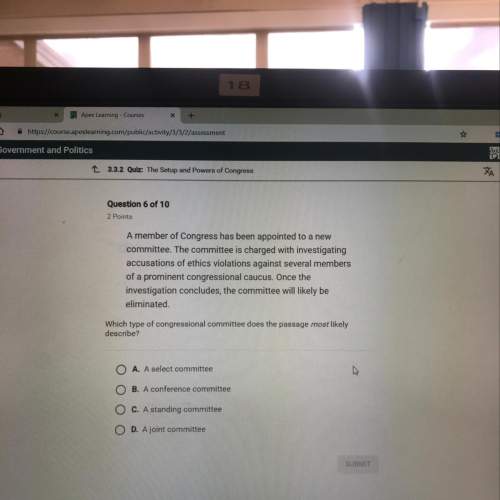
History, 20.10.2020 01:01 EssenceBlocker144
Use the passage below to answer all parts of the question that follows.
No ruler took more liberties with his religion than Akbar, the greatest of the Mughals, the Muslim dynasty that dominated India between the early 16th and 18th centuries. Like Ashoka and Gandhi, Akbar constructed a religious ideology that served to hold together a diffuse polity as it fed his own soul.
It began with pragmatic policies of tolerance. Akbar had inherited the throne, at the age of 13, in 1556. In 1579 he abolished the jiziya, a tax imposed on all but the poorest non-Muslims. This was the most notable in a series of measures to recruit the Hindu majority and others to the cause of unifying and expanding his empire. He could be ruthless: his troops massacred 20,000–25,000 non-combatants after a four-month siege of Chitor, a nearly impregnable Hindu fortress in Rajasthan. But he preferred incentives to coercion. He defeated the war-like Rajputs, but gave them rank and married their princesses, who were permitted to conduct Hindu rites in the harem. The Mughal-Rajput alliance was a bulwark of his empire.
"Multicultural Akbar,” The Economist, 1999
a) Explain ONE specific political development that resulted from the conditions created by the religious policies described in the passage.
b) Explain ONE specific change to Muslim-Hindu relations that resulted from the conditions created by the religious policies described in the passage.
c) Explain ONE specific consequence of the policies described in the passage on religious minorities.

Answers: 1


Another question on History


History, 22.06.2019 00:30
Important document #2—mayflower compact who: what: when: where: why? bonus—why is this different from the magna carta?
Answers: 3

History, 22.06.2019 05:40
Explain the goal of redistricting. how does redistricting support the democratic process?
Answers: 3

History, 22.06.2019 06:30
Pls which of the following political figures was a strong supporter of the second bank of the united states. a. john c. calhoun. b. henry clay. c. andrew jackson. d. martin van buren.
Answers: 1
You know the right answer?
Use the passage below to answer all parts of the question that follows.
No ruler took more libertie...
Questions







Computers and Technology, 29.08.2019 19:10



Computers and Technology, 29.08.2019 19:10








Mathematics, 29.08.2019 19:10

Social Studies, 29.08.2019 19:10




